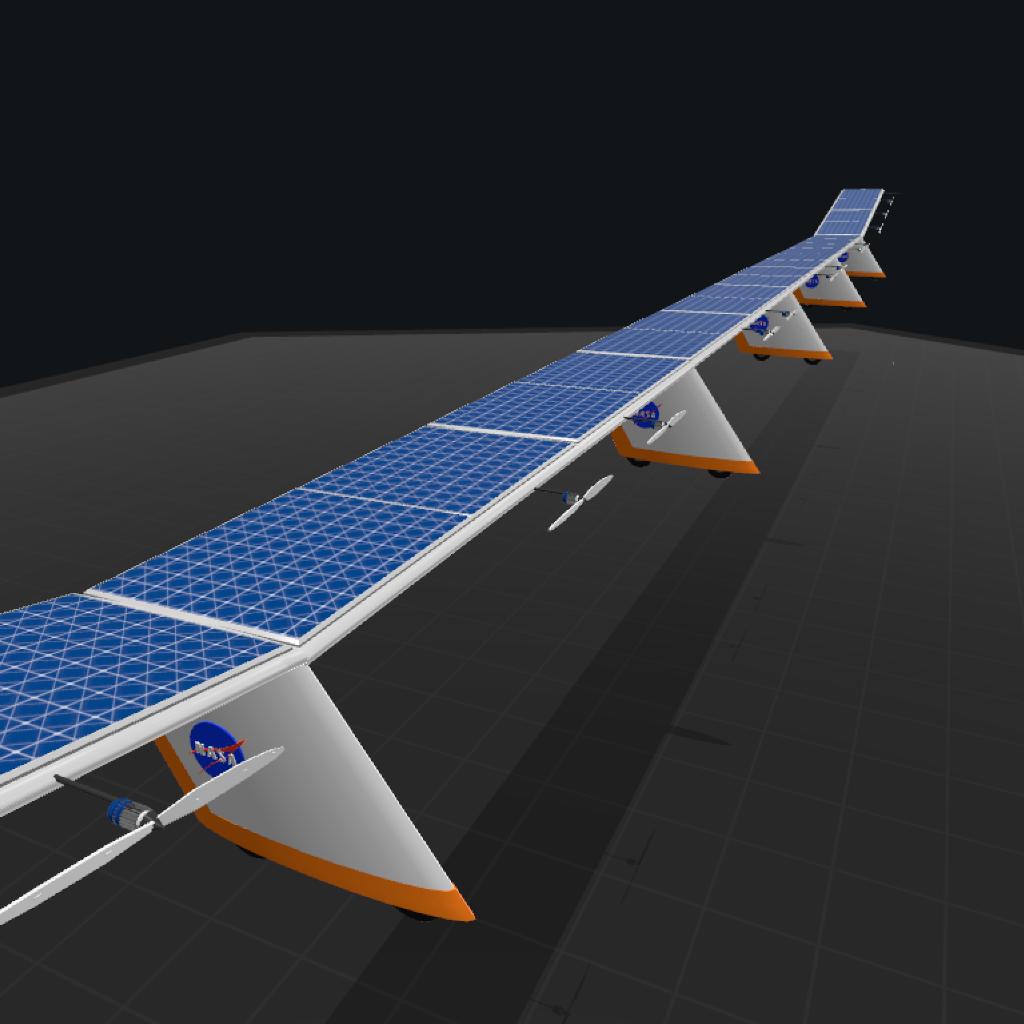

Therefore, understanding the carrier loss mechanisms at these microscopic regions is imperative for achieving high-performance CZTSSe and other emerging inorganic thin-film solar cells.ĭespite the critical importance of these microscopic carrier loss mechanisms in inorganic materials, the number of investigations regarding these processes is rather limited. Consequently, the photovoltaic performance of polycrystalline absorbers is usually inferior to that of crystalline absorbers 12, unless the grain boundaries and grain surfaces are electrically benign, such as the case of hybrid halide perovskite 13, or can be well passivated, such as in the cases of CdTe and CuInGa(S,Se) 2 (CIGSSe) 14, 15. These bandgap states may act as carrier traps and/or effective recombination centres depending on their transition energy level and relative capture cross-section for holes and electrons, thus imposing serious limitations to the minority carrier lifetime and carrier mobilities 11. At these regions, dangling bonds, elastic strain fields and atomic composition segregations may introduce electronic states within the energy bandgap with higher density than that in the grain interiors. This device architecture accommodates a significant amount of imperfect crystalline structures, mainly grain boundaries and grain surfaces. To allow low-cost processing, CZTSSe, like many other emerging inorganic solar cells, often uses polycrystalline thin films as light absorbers and follows the heterojunction architecture 3. Although CZTSSe solar cells have reached the highest PCE (12.6% to 13.0%) among the thermodynamically stable emerging inorganic materials 8, 9, 10, their PCE is still far from a commercialization-viable level. Kesterite Cu 2ZnSn(S,Se) 4 (CZTSSe) has emerged as one of the most compelling candidates due to its stable structure, abundancy, environmental benefits and its large potential for high power conversion efficiency (PCE) 6, 7. 2), which has stimulated the worldwide interest in new inorganic photovoltaic materials such as chalcogenides, oxides, pnictides and halides 3, 4, 5.

Large-scale deployments of photovoltaic energy require stable, abundant and low-toxic materials similar to silicon (Si) (ref. Photovoltaics have been identified as the most attractive renewable energy that can be used to mitigate escalating global climate change 1. These findings and the framework can greatly advance the research of kesterite and other emerging photovoltaic materials. We identify that the effective minority carrier lifetime of CZTSe is dominated by a large grain boundary recombination velocity (~10 4 cm s −1), which is the major limiting factor of present device performance. The results indicate the CZTSe films have a relatively long intragrain electron lifetime of 10–30 ns and small recombination losses through bandgap and/or electrostatic potential fluctuations. Herein, we unveil these mechanisms in state-of-the-art Cu 2ZnSnSe 4 (CZTSe) solar cells using a framework that integrates multiple microscopic and macroscopic characterizations with three-dimensional device simulations. Despite the progress achieved for kesterite, a promising environmentally benign and earth-abundant thin-film photovoltaic material, the microscopic carrier loss mechanisms and their impact on device performance remain largely unknown. Understanding carrier loss mechanisms at microscopic regions is imperative for the development of high-performance polycrystalline inorganic thin-film solar cells. Nature Energy volume 7, pages 754–764 ( 2022) Cite this article

Unveiling microscopic carrier loss mechanisms in 12% efficient Cu 2ZnSnSe 4 solar cells


 0 kommentar(er)
0 kommentar(er)
